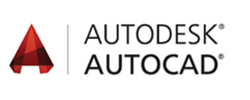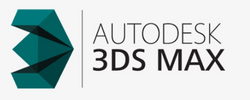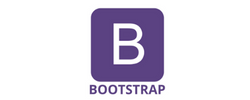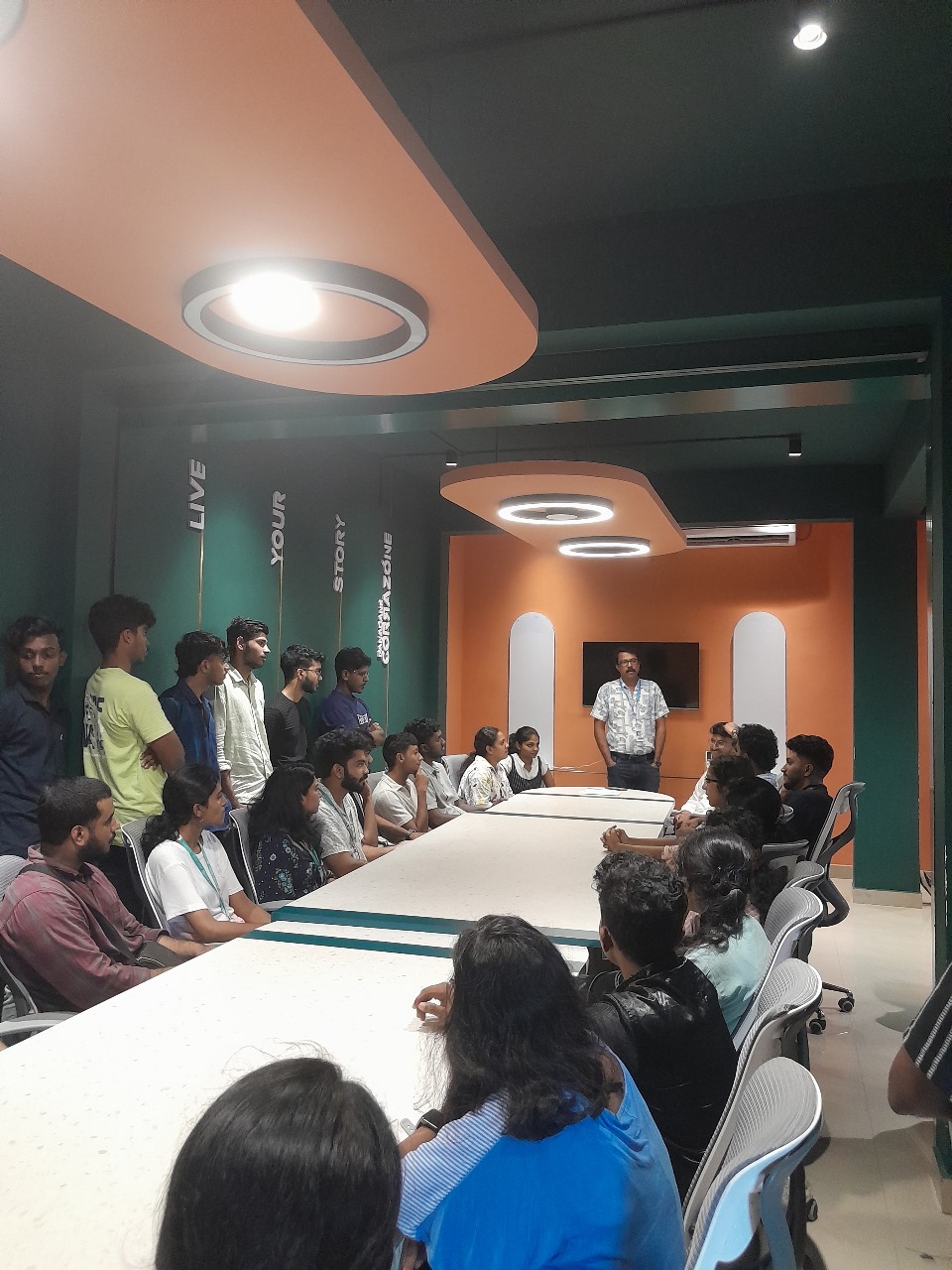Adobe Dreamweaver Training by Experts
Our Training Process

Adobe Dreamweaver - Syllabus, Fees & Duration
Module 1: Introducing Dreamweaver
- Understanding the course
- Reviewing the course objectives and prerequisites
- Reviewing the course format
- Outlining the course content
- Understanding static page architecture
Module 2: Getting Started
- Introducing Dreamweaver
- Learning the interface
- Defining a local site
- Creating a website
Module 3: Adding Content to a Site
- Adding content
- Controlling document structure
- Making lists
- Adding horizontal rules
- Adding special characters
Module 4: Formatting with CSS
- Formatting text
- Introducing CSS
- Creating styles
- Exporting CSS rule definitions
- Creating class styles
- Attaching external style sheets
- Creating advanced styles
- Creating a new external style sheet
- Displaying styles
- Understanding cascading order and inheritance of styles
- Creating internal styles with the Property inspector
Module 5: Working with Graphics
- Using graphics on web pages
- Placing graphics on the page
- Modifying image properties
- Editing images
- Doing roundtrip editing with Fireworks
- Customizing the Insert bar
- Adding Flash content
- Adding Flash Video
Module 6: Navigating Your Site
- Understanding site navigation
- Linking to files in your site
- Linking to sites
- Linking to named anchors
- Adding e-mail links
- Linking from images
- Creating a jump menu
Module 7: Designing Page Layouts with CSS
- Understanding page layout
- Using layers for layout
- Adding CSS to layers
- Using absolute and relative positioning
- Designing with DIV's
- Designing navigation links with CSS
- Importing tabular data
- Using table layout view
Module 8: Using Libraries and Templates
- Using site library items
- Creating site templates
- Defining editable regions
- Using templates
- Applying a template to an existing page
- Modifying templates
Module 9: Creating Forms
- Understanding forms
- Processing a form
- Setting focus in a form
- Validating a form
Module 10: Testing, Maintenance, and Uploading
- Testing your site
- Maintaining your files and folders
- Connecting to a remote site
- Synchronizing files
This syllabus is not final and can be customized as per needs/updates




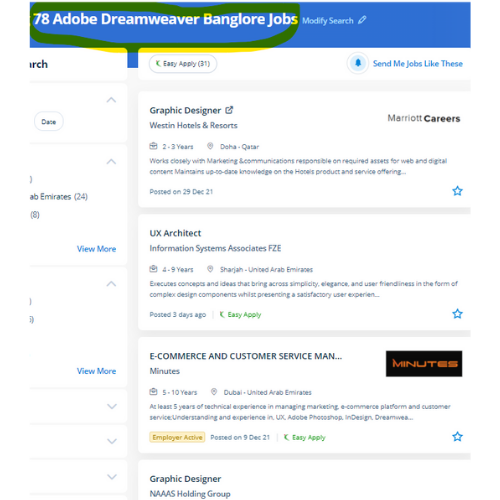
 Students could register at any time. This tool is unbelievably useful because it'll allow us to figure directly on a style terribly like visitors to the future website. The dashboard provides a one-pane read of multiple files and pages, whereas the split-view makes for easy refinement of code - making the work of designing and building a website much more economical. Students additionally can receive digital versions of their course books. Dreamweaver is not the only Adobe web design tool. Dreamweaver could be a web authoring tool that allows web developers to code whereas viewing the positioning as they work, instead of spending hours writing HTML tags to code a complex table, the developer will build the table, resize it, and consider it specifically because it will appear on a web page. As you type a hypertext mark-up language tag it'll list all the accessible tags allowing you to key among the primary letter of a tag then select the specified tag from the list. easy and complex websites are going to be designed using a purpose and click-on technique. The coding is checked whenever you're incorporating one as there may be a typo error. This feature makes it possible for beginners to style websites as the work is reduced.
Students could register at any time. This tool is unbelievably useful because it'll allow us to figure directly on a style terribly like visitors to the future website. The dashboard provides a one-pane read of multiple files and pages, whereas the split-view makes for easy refinement of code - making the work of designing and building a website much more economical. Students additionally can receive digital versions of their course books. Dreamweaver is not the only Adobe web design tool. Dreamweaver could be a web authoring tool that allows web developers to code whereas viewing the positioning as they work, instead of spending hours writing HTML tags to code a complex table, the developer will build the table, resize it, and consider it specifically because it will appear on a web page. As you type a hypertext mark-up language tag it'll list all the accessible tags allowing you to key among the primary letter of a tag then select the specified tag from the list. easy and complex websites are going to be designed using a purpose and click-on technique. The coding is checked whenever you're incorporating one as there may be a typo error. This feature makes it possible for beginners to style websites as the work is reduced.





















